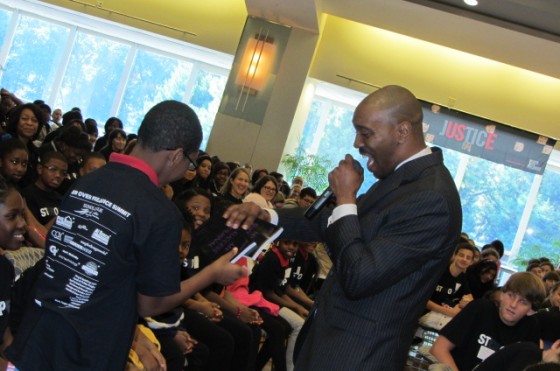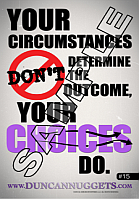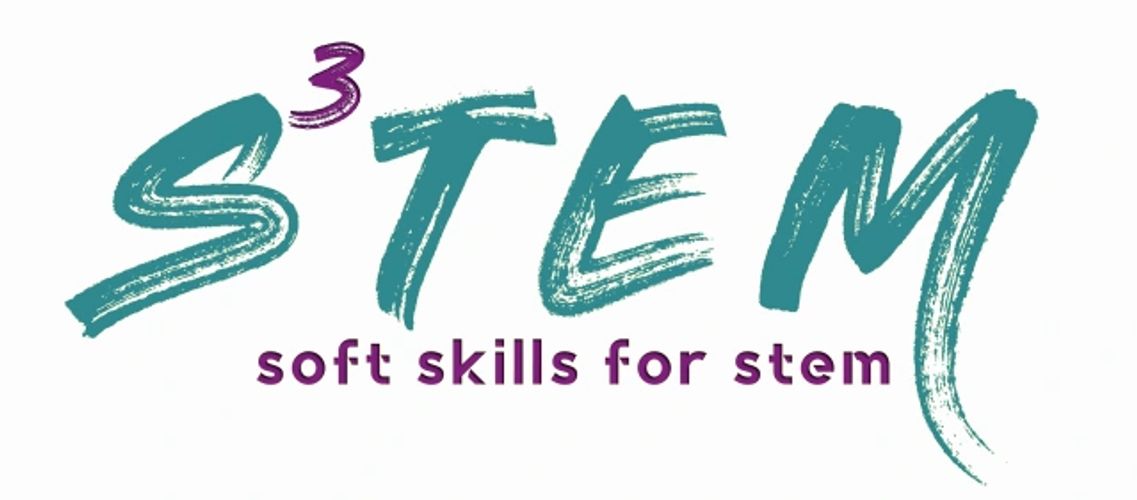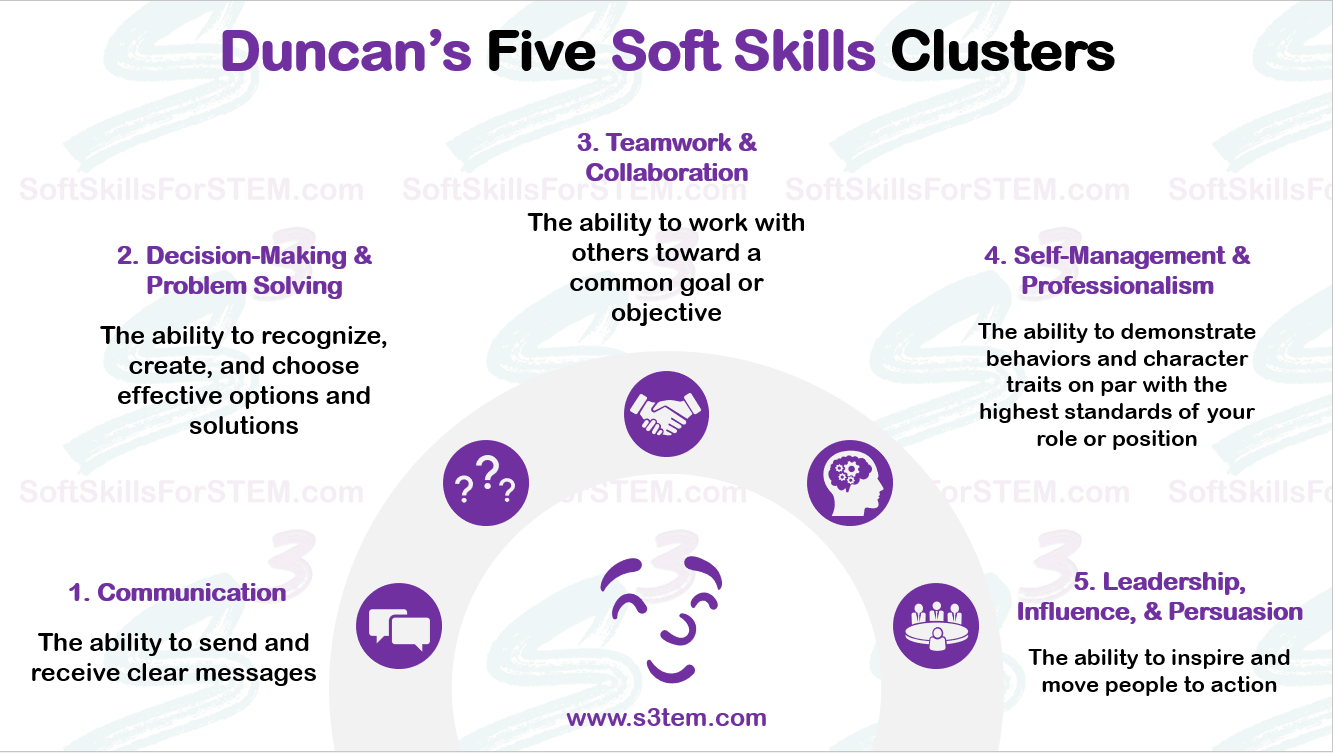3 Keys To Connecting With Youth
I just finished reading this article: Millennials and the Future of Television. It’s geared towards people in media and marketing to youth, but I pulled something out of it that can seriously help out young leaders, youth workers, educators, and parents:
“Today’s youth tend to prefer watching comedy and fantasy. They also like smart complicated content like Lost.”
I sat straight up in my office chair when I read that line. That’s what I’ve been telling people for years. You want young people involved? Then there had better be some humor, imagination, or a challenge involved. If you’ve got one or two of those things, you’ve got a winner. If you have all three, you’ve got an all-time great.
Million-Dollar Question:
Is your youth program or project humorous,
imaginative, and challenging?
If not…
You’re gonna lose to the TV, Hulu, Youtube, or Facebook.
1. HUMOROUS (FUN)
A lot of adults say that “young folks have to learn that everything in life ain’t fun.”
Garbage.
Believe me, the first time somebody scrapes his knee, he learns that everything ain’t fun.
Older folks need to learn that a lot of things in life don’t have to be so ridiculously boring.
Sometimes I visit programs and I feel bad for the young people and the older folks that are being tortured. I know they’re bored because I’m sitting there thinking “I’d rather watch the grass grow.” (Ouch! Sometimes the truth hurts.)
HINT: Stay away from the corny jokes and trying to be uber-cool. You don’t have to be funny. Instead, be engaging.
Duncan Nugget® #138:
When something is interactive and engaging,
humor will generate itself.
2. IMAGINATIVE (FUN)
THINK! Please. Quit doing the same old stuff. Do something that takes people away from everyday life (fantasy) and then brings them back with a great lesson. Want an example?
Recently, I had a diverse group of 500 college students get into groups according to their birthday month. What’s so exciting about that? They had to do it without talking or writing (fantasy). They could ooh, ah, and laugh (and they did), but no talking or writing.
They started making up sign language and using cell phones. (That was kind of cheating, but imaginative.) They had fun.
The lesson?
Pick one: team building, problem solving, conflict management, leadership, communication, or diversity.
I’ve seen and done things that were spin offs of The Amazing Race, American Idol, talk shows, and improv comedy skits. The possibilities are limitless, so there’s no excuse for lame, boring exercises.
3. CHALLENGING (FUN)
Duncan Nugget® #50:
Taking on a worthwhile challenge and doing
it well increases your self-motivation and self-efficacy.
There is a reason that crossword puzzles, Soduku, and all kinds of other brain teasers are so popular. Overcoming a challenge like that is mentally stimulating. It fosters self-esteem, self-efficacy, and self-confidence. It’s not necessarily humorous, but it’s still fun.
So, challenge people, especially young people. All of the examples you read above are not only imaginative, they’re challenging.
One of the best ways to challenge young people is to put them in charge. There’s a of ton research that shows that “youth led, youth driven” is the way to go. (The Innovation Center is a good place to get training and tools for Youth Led, Youth Driven initiatives.)
THE BOTTOM LINE
If it’s humorous, imaginative, and challenging, it will be fun.
If it’s fun, they’ll love it.
If they love it, they’ll be back…and they might even bring their friends.







